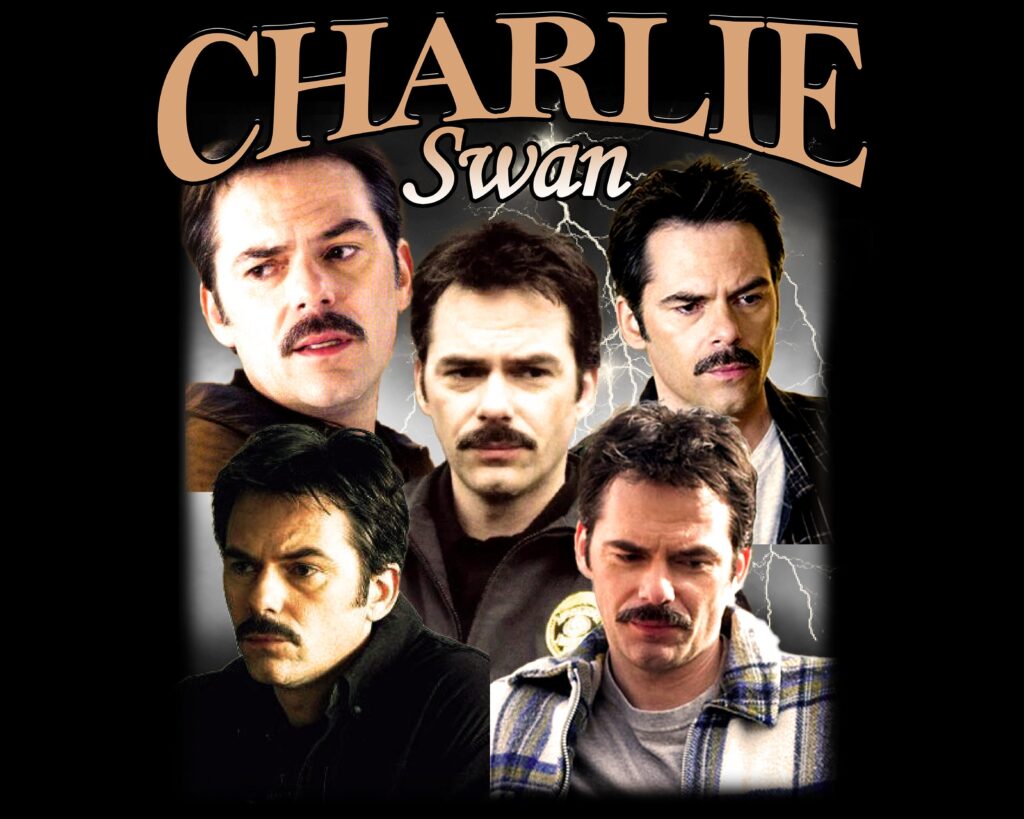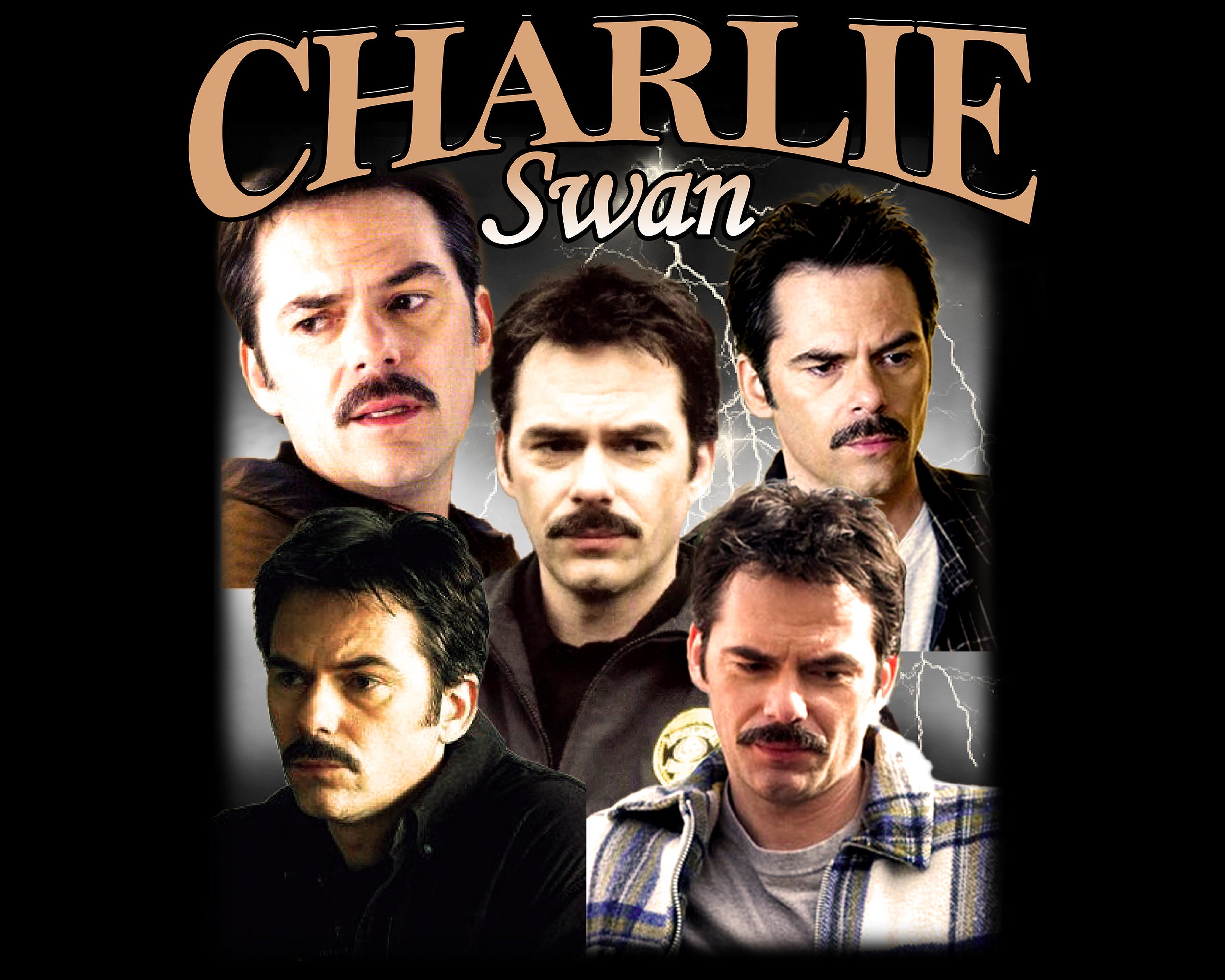
The Curious Case of Charlie Swan: Exploring the Underrated Film
Charlie Swan. The name might not immediately ring bells for casual moviegoers, but within certain circles of film enthusiasts, it evokes a sense of quirky charm and melancholic reflection. Roman Coppola’s 2012 film, “A Glimpse Inside the Mind of Charles Swan III,” often shortened to simply “Charlie Swan,” is a unique and visually striking exploration of heartbreak, creativity, and the often-absurd nature of life. While not a blockbuster by any means, the film has garnered a cult following for its distinctive style and the performances of its star-studded cast.
This article delves into the world of Charlie Swan, examining its plot, characters, critical reception, and enduring appeal. We’ll explore why this film, despite its mixed reviews, continues to resonate with viewers looking for something a little different from the mainstream.
Plot Synopsis: A Mind Unraveling
The film centers around Charles Swan III (played by Charlie Sheen), a successful graphic designer living a hedonistic lifestyle in Los Angeles. His world is turned upside down when his girlfriend, Ivana (Katheryn Winnick), leaves him. The breakup sends Charlie Swan spiraling into a state of emotional turmoil, leading to a series of surreal and often comedic fantasies. He struggles to come to terms with the loss, grappling with memories, regrets, and the fear of being alone.
Through dreamlike sequences and fragmented narratives, the audience is given a glimpse inside Charlie Swan’s mind. These sequences are often bizarre and visually arresting, featuring elements of animation, elaborate costumes, and unexpected plot twists. The film doesn’t follow a traditional linear structure, instead opting to present a fragmented and subjective view of Charlie Swan’s emotional state.
Characters and Performances: A Quirky Ensemble
The strength of “Charlie Swan” lies not only in its visual style but also in its cast of eccentric and well-developed characters. Charlie Sheen delivers a surprisingly nuanced performance as the titular character, balancing moments of comedic absurdity with genuine emotional vulnerability. While Sheen’s off-screen antics might overshadow his acting career for some, his portrayal of Charlie Swan is undeniably compelling.
The supporting cast includes Jason Schwartzman as Kirby Star, Charlie Swan’s loyal and supportive best friend; Bill Murray as Saul, his business manager and confidant; and Patricia Arquette as Izabella, his sister, who tries to help him navigate his emotional crisis. Each of these actors brings their unique brand of comedic timing and dramatic depth to their roles, creating a memorable and engaging ensemble.
Katheryn Winnick as Ivana, although not present throughout the entire film, plays a crucial role in establishing the core conflict. Her departure sets the stage for Charlie Swan’s emotional unraveling and provides the catalyst for the film’s surreal exploration of heartbreak.
Critical Reception: A Divisive Film
“Charlie Swan” received mixed reviews upon its release. Critics were divided on its unconventional narrative structure, its surreal visual style, and its overall tone. Some praised the film for its originality and its willingness to take risks, while others found it to be self-indulgent and ultimately unsatisfying.
One common criticism was that the film lacked a clear narrative through-line, making it difficult for some viewers to connect with the characters and the story. The fragmented and dreamlike sequences, while visually interesting, were also seen as distracting and ultimately detrimental to the film’s emotional impact.
However, even those who were critical of the film acknowledged its unique visual style and the strength of its performances. The film’s supporters praised its originality and its willingness to experiment with form and content. They saw it as a refreshing departure from mainstream Hollywood fare, a film that dared to be different.
Themes and Interpretation: Beyond the Surface
Despite its mixed reception, “Charlie Swan” explores several universal themes, including heartbreak, loss, creativity, and the search for meaning in a chaotic world. The film’s surreal sequences can be interpreted as a visual representation of Charlie Swan’s internal struggle to come to terms with his breakup and to find a new sense of purpose in his life.
The film also touches on the theme of artistic expression. Charlie Swan is a graphic designer, and his creative process is interwoven with his emotional state. The film suggests that art can be both a source of solace and a reflection of inner turmoil.
Moreover, the film grapples with the idea of identity. Who is Charlie Swan without Ivana? The film explores how relationships shape our sense of self and how losing those relationships can lead to an identity crisis.
The Enduring Appeal: A Cult Classic in the Making?
While “Charlie Swan” may not be a mainstream success, it has developed a dedicated following over the years. Its unique visual style, its quirky characters, and its exploration of universal themes have resonated with viewers who appreciate unconventional and thought-provoking cinema. The film’s availability on streaming platforms has also contributed to its growing cult status.
The film’s enduring appeal can be attributed to its willingness to take risks and to challenge conventional storytelling norms. It’s a film that rewards multiple viewings, revealing new layers of meaning with each watch. While it may not be for everyone, “Charlie Swan” offers a unique and unforgettable cinematic experience.
The charm of Charlie Swan also lies in its raw honesty. It doesn’t shy away from depicting the messy and often absurd realities of heartbreak and self-discovery. It’s a film that embraces imperfection and celebrates the beauty of human fallibility.
Roman Coppola’s Vision: A Director’s Touch
Roman Coppola, the director of “Charlie Swan,” brings his own unique artistic vision to the film. Known for his work as a screenwriter (co-writing films like “Moonrise Kingdom” and “The Darjeeling Limited” with Wes Anderson), Coppola infuses “Charlie Swan” with a sense of whimsy and visual flair. His direction is characterized by a playful use of color, a dynamic camera style, and a keen eye for detail.
Coppola’s background in music video direction is also evident in the film’s visual style. The film is filled with vibrant imagery, quick cuts, and a pulsating soundtrack that enhances the overall viewing experience. He manages to create a world that is both familiar and fantastical, grounding the surreal elements in relatable human emotions.
Where to Watch: Finding Charlie Swan Today
For those interested in experiencing the world of Charlie Swan, the film is available on various streaming platforms and for purchase on digital media. Checking your favorite streaming service or online retailer is the best way to find out where you can watch it. The film is also sometimes available on DVD and Blu-ray.
Conclusion: A Glimpse Worth Taking
“A Glimpse Inside the Mind of Charles Swan III” is a film that defies easy categorization. It’s a comedy, a drama, and a surreal fantasy all rolled into one. While its unconventional narrative structure may not appeal to all viewers, its unique visual style, its quirky characters, and its exploration of universal themes make it a film worth watching. If you’re looking for something a little different from the mainstream, take a glimpse inside the mind of Charlie Swan. You might be surprised by what you find. The film “Charlie Swan” offers a unique perspective.
[See also: Charlie Sheen’s Best Performances]
[See also: Roman Coppola’s Filmography]
[See also: Underrated Indie Films of the 2010s]

